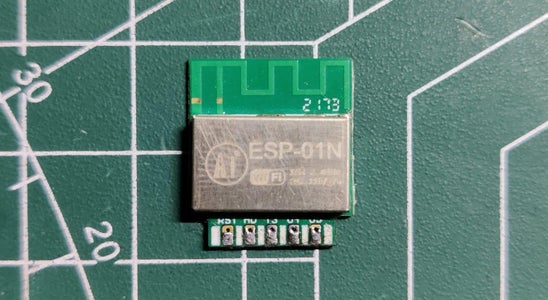Smart Light Conversion Using ESP8266 and a Relay 15 Steps with Circuit Diagram Automatic Brightness Adjustment: Street lights adjust their brightness levels based on ambient light conditions, ensuring optimal illumination at all times.; Motion Detection: Lights change brightness when motion is detected in the vicinity, enhancing security and safety for pedestrians and motorists.; Energy Efficiency: By intelligently managing lighting schedules and brightness levels, the

immediately identifies it and increases the light intensity. As soon as the vehicle travels away from the sensor, the intensity of the taillight is reduced. And using the ESP8266 Module the traffic in the area can be saved regularly and the system can use this data to stay at . high intensity during those times. Both manually and automatically
Smart Street Lighting Systems Circuit Diagram
At the moment, street lamps control much of the urban environment only through manual control, via a control switch installed in each street lamp. A significant amount of electrical energy is lost. So we have created a solution for that problem which is an automatic street light only using NodeMCU, LDR sensor and IR sensor. The main goal of this project is to create a smart street light system using IoT technology to reduce energy consumption, increase efficiency, and optimize p

The proposed IoT based system provide a solution for energy saving. We use IR sensor, Light Intensity sensor and NodeMCU (ESP8266) board to design an intelligent system. We use IR sensor for detecting vehicles on the road, Light sensor for detecting light intensity. Based on vehicles present on the road and light intensity, we control street

vanshsethi23/Smart Circuit Diagram
It includes firmware which runs on the low cost Wi-Fi enabled ESP8266 Wi-Fi SoC from Espressif Systems, and hardware which is based on the ESP-12 module. It has GPIO, SPI, I2C, ADC, PWM AND UART pins for communication and controlling other peripherals attached to it. Circuit diagram for this IoT based Smart Street Light is as follows: This CH_PD (ESP8266) to 3.3V (Arduino) TX (ESP8266) to RX (Arduino) RX (ESP8266) to TX (Arduino) Next, connect the LED: Long leg (anode) of the LED to pin 13 on Arduino. Short leg (cathode) of the LED to a 220-ohm resistor. Other end of the resistor to GND on Arduino. 2. Install the Blynk App. Download the Blynk app on your smartphone and create a Check out the complete Smart Street Light project here: https://iotdesignpro.com/projects/iot-based-smart-street-light-using-esp8266-and-thingspeakFor more I
